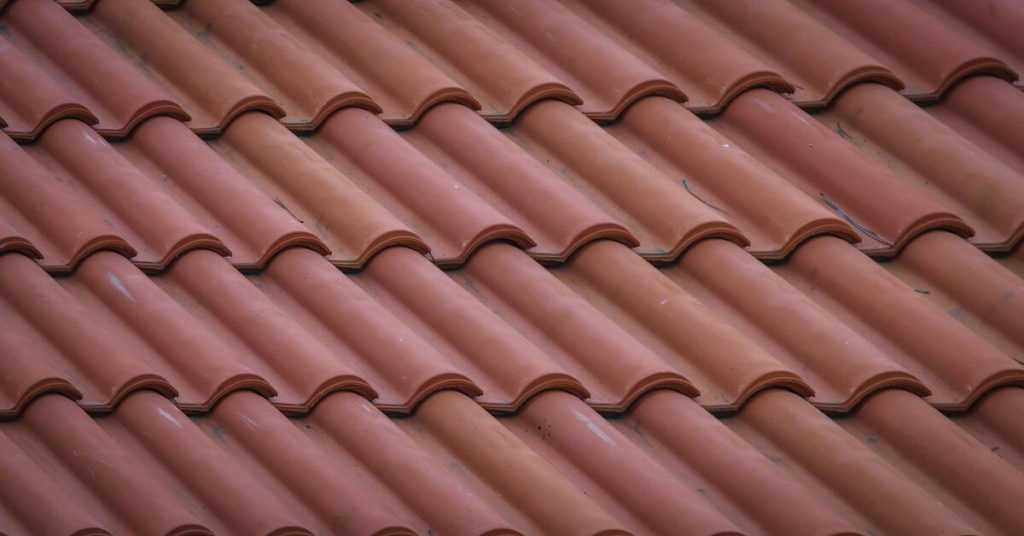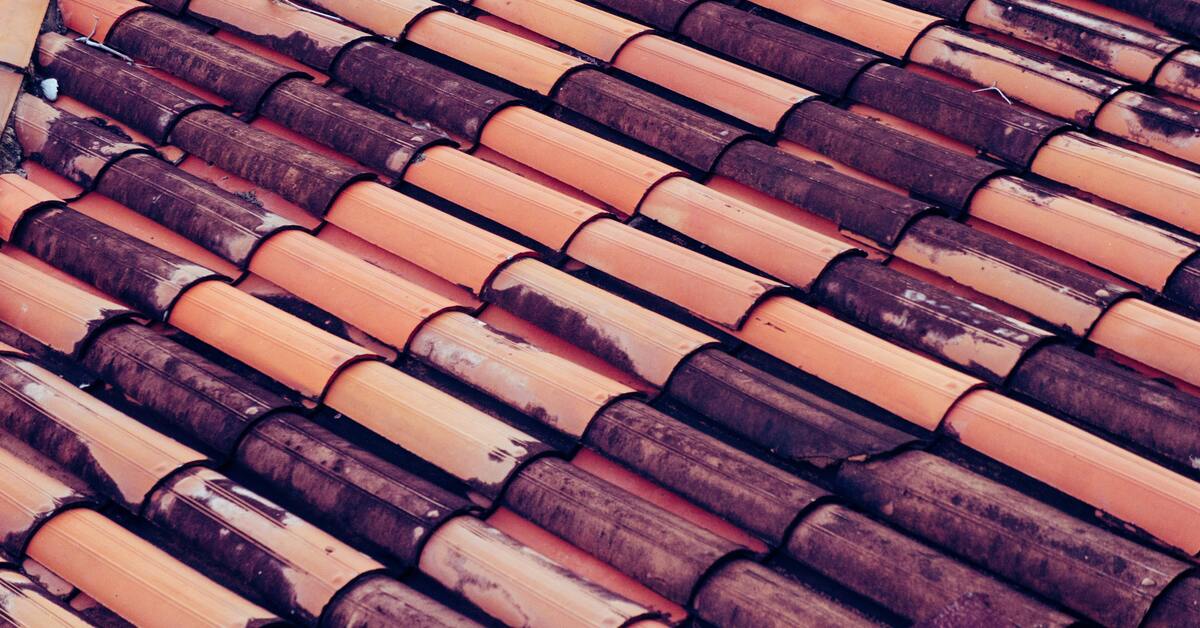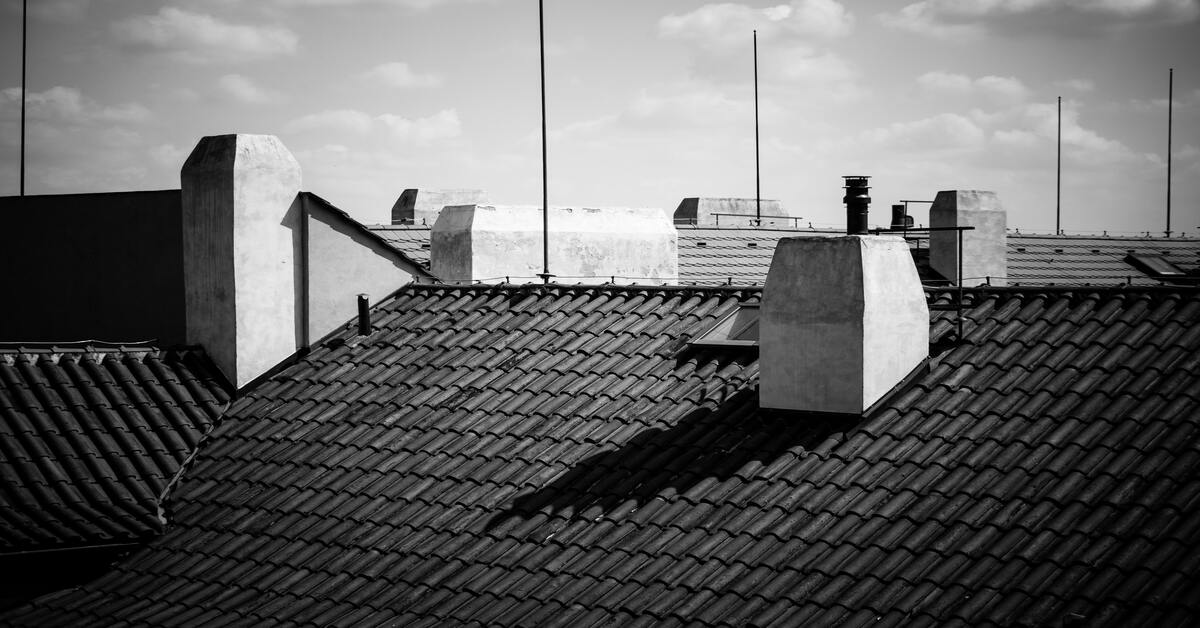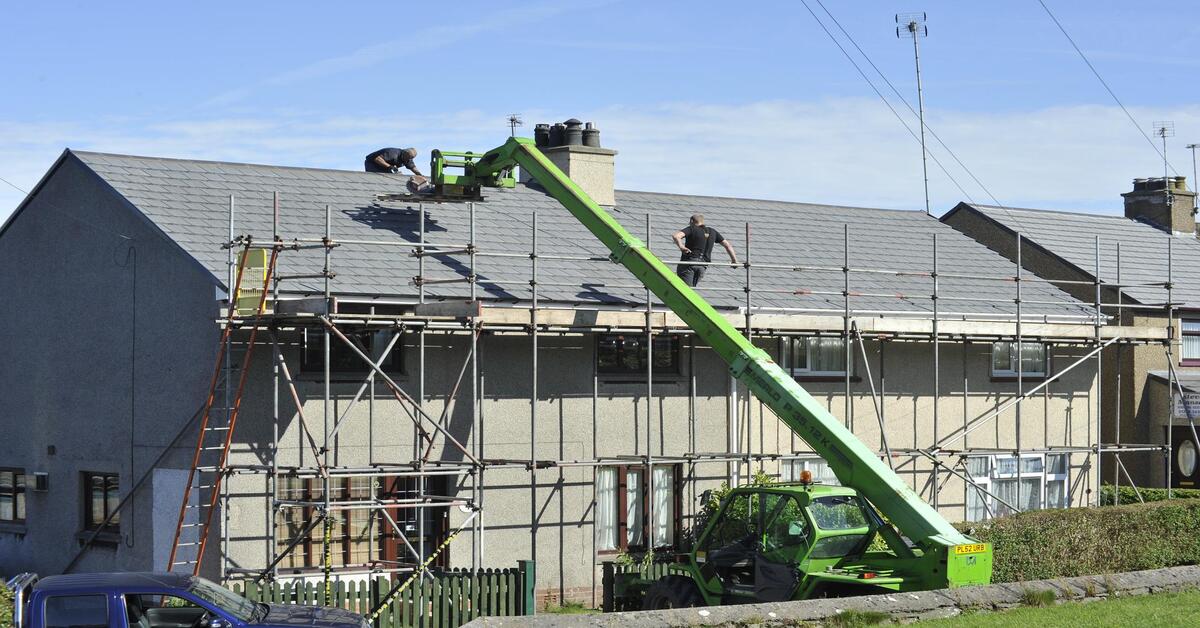

Asbestos is a dreaded word in the building industry, and understandably so. But how can you identify asbestos roof tiles, how dangerous are they, and what should you do if you discover asbestos? Read on for our comprehensive guide to identifying and dealing with asbestos.
What is Asbestos?
Asbestos is a naturally occurring fibrous mineral found in soil and rocks released into the atmosphere through abrasion. Asbestos is cheap, and both heat and corrosion tolerant but does not emit electric energy – it has many advantageous properties, and historically, its versatility has made it a sought-after material in the industry.
Before 1970, asbestos was the preferred material for the roofs of new homes because of its fire resistance and durability – asbestos roofs had a life expectancy of up to 50 years.
However, growing concern over its health implications saw restrictions on the use of asbestos come into place from the 1970s onwards. Asbestos has been a banned substance in Australia since 2003, primarily due to its damaging effects on the health of the people using it.
How Dangerous is Asbestos?
As a naturally occurring substance, asbestos in the environment poses little to no threat to humans – problems began in the 1800s when asbestos mining commenced. Concerns were raised in the early 20th century when the miners, builders, factory workers and other industry professionals began suffering from lung and pulmonary diseases. The extensive industrial use of asbestos dramatically increased the number of damaging fibres in the air, which caused the workers’ health issues.

If left alone, asbestos causes no issues. However, if disturbed, broken or mishandled, asbestos roof tiles release microscopic fibres into the atmosphere, posing a massive threat to those working with the tiles. When inhaled, asbestos fibres lodge themselves in the lining of the lungs, leading to inflammation and scarring, which can cause fatal diseases like asbestosis and lung cancer.
While it is true that most cases of asbestos-related diseases arise after years of continued exposure, no amount of asbestos inhalation is safe and extreme caution is required when handling roof tiles suspected of containing asbestos.
How to Tell if A Roof Tile Is Asbestos
If you know that your roof tiles are from the 20th century before asbestos restrictions began to come into place, the chances are that your roof tiles contain asbestos. The first thing to know about asbestos is that there are three different types:
- Chrysolite (white)
- Amosite (brown)
- Crocidolite (blue)
In terms of risk level, white asbestos is the least dangerous and blue is the most; however, this does not mean that white asbestos is safe. White asbestos was most commonly used to make roof tiles, although tiles containing brown and blue asbestos exist.
Asbestos alone is pretty easy to identify, but other components in roof tiles make identification more difficult. Roof tiles containing asbestos will often have a white or grey colouring – though so do many other tiles made from safe materials! One way to determine whether your roof tiles contain asbestos is to look for an identification mark, though only one in every twenty tiles containing asbestos is marked – so this may be a tedious task! To be clear on whether or not your roof contains asbestos, you can have your tiles scientifically tested.

What To Do About Asbestos Roof Tiles
While asbestos cement is considered low risk and no license is required to remove it, there are several safety measures when dealing with asbestos. The risks posed by the dangerous fibres are significant, so it’s advisable to hire a professional to move or get rid of any asbestos roof tiles rather than doing it yourself.
It’s important to remember that if you’re buying a property with asbestos roof tiles, it is not necessary to have them removed if they are still intact. Should the roof tiles be disturbed, for renovation, for example, have the asbestos roof tiles professionally removed and replaced with safer, modern alternatives.
Asbestos Removal Costs
Upon identifying suspected asbestos roof tiles, contact a professional to test and remove the materials if necessary. It’s wise to hire an asbestos technician to conduct a survey assessing the area of asbestos-containing materials (ACM) and give you an estimated price for removal services. While costs depend on the size and layout of the site, you should expect to pay hundreds of dollars for the services. The average price sits somewhere between $25/m2-$50/m2.
Disposal of Asbestos-Containing Materials
Hiring a professional ensures a safe procedure and also saves you the task of having to dispose of harmful asbestos roof tiles. If you’re a professional reading this or have experience handling ACM, you may decide to carry out the removal yourself. You must have the correct PPE and know where to dispose of the asbestos materials.
You can dispose of asbestos roof tiles at licensed landfill sites and transport them in your everyday vehicle. You must adhere to packaging guidelines, so make sure to check the policies at the site you choose.

Handling Asbestos
If you decide to remove asbestos roofing tiles yourself, make sure you can access your roof safely and have ample means for storing and transporting the materials to a licensed landfill. Should you experience any damage during removal, check out our range of building and repair products.
If you’re worried about asbestos tiles, it’s best to contact a professional to ensure efficient removal. There are many benefits to hiring an asbestos removal technician, not least the peace of mind you get from knowing guidelines are adhered to, and the diminished risk of pulmonary diseases like mesothelioma. Asbestos exposure and inhalation of asbestos fibres carry a severe risk of becoming ill.
